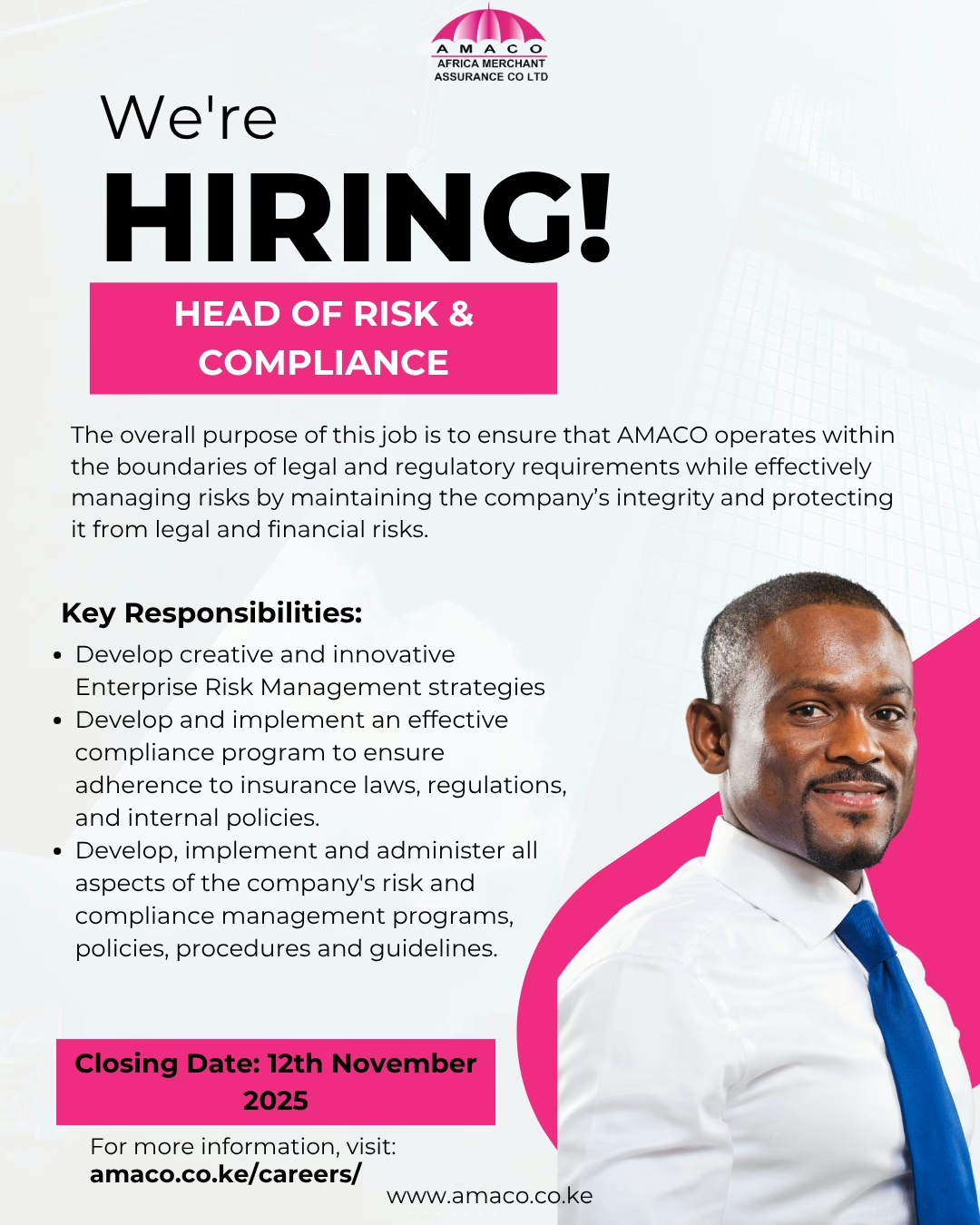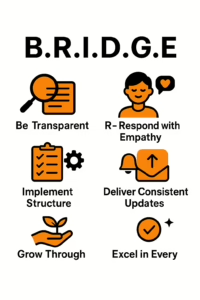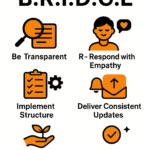Unless you’re a superhuman, you’re definitely familiar with that unpleasant moment when illness symptoms creep on you. You were just thinking about how grateful you are for your health and then Boom! There comes that tingling at the back of your throat, or that pulse that ushers a headache or both.
Whether you choose to observe the symptoms, chant health mantras (Team “back to sender!” Say Hey!), or dash to your nearest device to search for the symptoms online (I don’t recommend this), one question triggers all these reactions: What could this be, and what might have caused it?
As you ponder this question, you consider some possible causes for whatever symptom(s) you’re experiencing. If it’s the tingling behind your throat, which will culminate in a sore throat, flu, or cough, your mind will likely wander to two days ago, when you sat next to Joe at the office meeting, and he sneezed twice (not cool Joe, not cool).
Whether or not poor Joe is guilty of spreading flu germs, the inevitable is coming. So, you can either go on a whim and assemble your homemade flu remedies, get a prescription for the flu, or decide, “Naah, Joe didn’t look that ill, so I’ll tough it out until the symptoms ease.” Regardless of the decision you take, you’ve made a self-diagnosis. You’ve identified the symptoms, narrowed down on the probable causes, and settled on viable remedies/ solutions that will ease/clear the symptoms.
Let us draw the parallels between the health diagnosis scenario painted above with your law firm. Your law firm had a good run for the last two years. Although you’re crushing it in court and signing contracts worth millions, 10% of your clients did not renew their contracts. So, as the managing partner, you go out to look for business, and you can’t help but realize that your popularity has waned slightly despite your legal team’s prowess in courtrooms and boardrooms.
A drop in your firm’s client retention rate and low brand visibility are clear signs that your firm is not operating at optimal levels despite the success posted by the legal team. At this point, it is prudent to bring in the ‘doctor’ (an organizational development consultant) to perform an accurate diagnosis for your firm and prescribe a line of actions that will restore your firm to its former glory or pull it out of the stagnation phase.
The Axzerah Consulting Organizational Life Wheel: A Diagnostic Tool for Organization Health
 Something that really helped me diagnose myself was the wheel of life. I’ve realized that the moments when I felt stuck were because I was not looking at things from an all-round perspective. As the name suggests, the wheel of life is a balanced tool that allows you to measure your goals and progress across different facets of life, showing you that while one area, like fitness, may be struggling, another, like family, could be thriving. A normal human being is never perfectly balanced, but it is rarely as bad as it seems, and the steps to improve are often manageable.
Something that really helped me diagnose myself was the wheel of life. I’ve realized that the moments when I felt stuck were because I was not looking at things from an all-round perspective. As the name suggests, the wheel of life is a balanced tool that allows you to measure your goals and progress across different facets of life, showing you that while one area, like fitness, may be struggling, another, like family, could be thriving. A normal human being is never perfectly balanced, but it is rarely as bad as it seems, and the steps to improve are often manageable.
Just like diagnosing a personal health issue, diagnosing a law firm requires understanding symptoms, identifying root causes, and addressing them with the right solutions. In my consultancy and strategic planning work, I have realized that diagnosing an organisation is one of the most challenging aspects of strategic planning, especially for law firms’ partners (or management). The Nairobi Legal Awards has a wonderful and extensive toolkit that more firms should consider using, but it requires more than 30 minutes of work and may not be all-rounded (some home diagnostic tools are not as user-friendly as we’d like).
The Organizational Life Wheel
One thing I’ve observed as an organizational consultant is that founders and managing partners also lack a diagnostic metric that everyone in the organization can easily understand. Therefore, inspired by my own struggles with stagnation, I created the ‘Organization Life Wheel.’The Organizational Life Wheel divides the key assessment areas of your firm into four quadrants with two sections each. These quadrants serve two purposes:
- Help you diagnose your firm’s health
- Make it easier to communicate the firm’s strategic direction.
Let me explain each quadrant in a simplified manner.
The front-facing quadrant (Public relations & client relations)
The Front-Facing quadrant looks at public relations and client relations. For public relations, consider your website, online visibility, and searchability. Ask yourself if clients find you easily. Most law firms these days are doing articles and Linkedin, is this working? Under client relations, evaluate feedback from clients: how is your communication, and how are clients received at your office? A helpful measure is tracking how many referrals the firm is getting and how many of your ‘good’ clients have left.
The forward-looking quadrant
Forward-looking is the quadrant that deals with strategy, innovation and adaptability. Strategy, as I always say, should be a long-term plan spanning three years, with quarterly steps to track progress. Innovation depends on the firm and may involve exploring new areas of law, adopting new technology, or both. Adaptability refers to preparing for the unexpected, especially external challenges, and the key question here is: does the firm have a business continuity plan?
The Inward-facing quadrant
The Inward-facing focuses on finances, systems, and processes. The financial health of a firm is its heartbeat, but many law firms fail to monitor essential metrics like cash flow and profitability. How much money have you billed and is unpaid? Your strategy must align with and support your bottom line. Systems and processes, meanwhile, are often unwritten, causing confusion and inefficiency. Show me a partner who hates hiring because they hate training new employees, and I will show you a law firm with undocumented processes and procedures. This is because most of the time, they subconsciously feel like a lecturer teaching with no course outline. While there is no need for overly complex policies, having clear handbooks and SOPs helps everyone understand how the firm operates daily.
The inward-looking quadrant
Lastly, the inward-looking, on the other hand, revolves around leadership, people, and culture. Lawyers are rarely trained in leadership, but managing partners who want a life outside the firm must purposefully develop leaders within their teams. Empowering staff, even junior employees like clerks reduces reliance on centralized decision-making and allows the firm to operate more efficiently. Finally, culture is critical, if employees are only there for the salary, you risk losing them to better opportunities. Successful firms prioritise building a positive culture that motivates and retains their teams.
Engaging and Practical Ways to Use the Organizational Life Wheel to Examine your Firm’s Health
The Organization Life Wheel is not particularly conclusive, but it creates neat clusters that are easy to understand. Each section is variable, meaning it can be customized by each organization to reflect their specific needs for each quadrant or segment. This tool makes the process of thinking through and assessing different aspects of the firm structured and manageable.
Consider using the Organizational Life Wheel to assess your firm’s well-being as an engaging (team-building style) experience for all employees. Make the diagnostic process fun by assembling your team and ordering snacks. Discuss the Organization’s life wheel and explain what each segment means to the firm. Have everyone rate each quadrant on a scale of 1 to 10, then write down the results and discuss why they gave their scores. Such an exercise would highlight the gaps and divides within the firm. To make it more effective, invite a consultant like Axzerah Consulting to facilitate the process. External facilitation ensures honesty, as some staff may feel uncomfortable sharing openly when the managing partner leads the session.
The goal is to give every voice in the firm a chance to contribute to the organization’s life wheel, especially during its introduction. If your firm already has a strategy, use this tool to evaluate whether your actions are fulfilling the vision. If not, let the life wheel guide the development of your strategy. At Axzerah Consulting, we specialize in helping law firms uncover blind spots, align their teams, and develop actionable strategic plans that drive meaningful growth. Without proper diagnosis, you will never truly understand the root cause of your challenges, let alone solve them effectively.




















